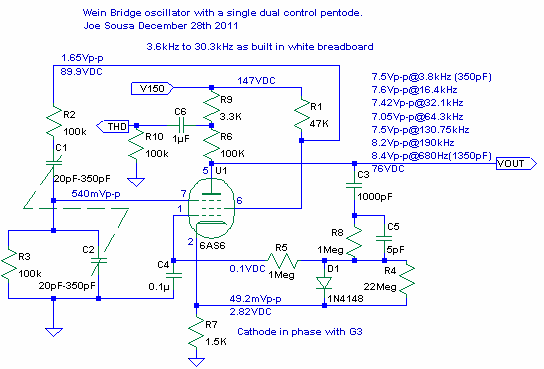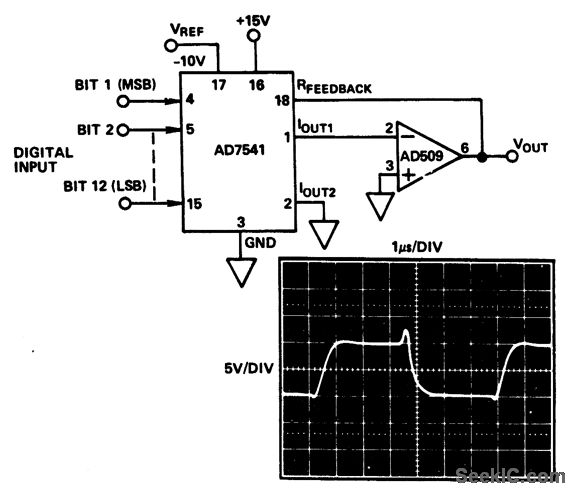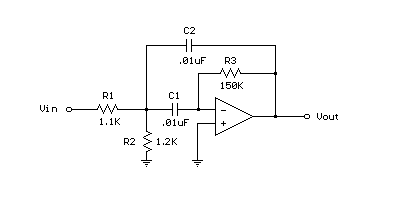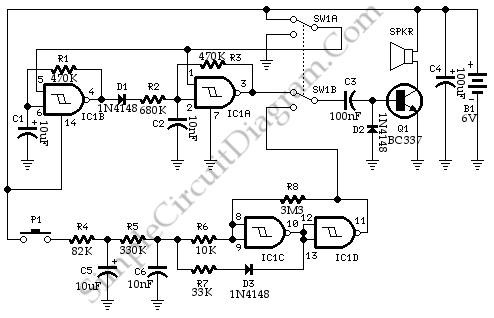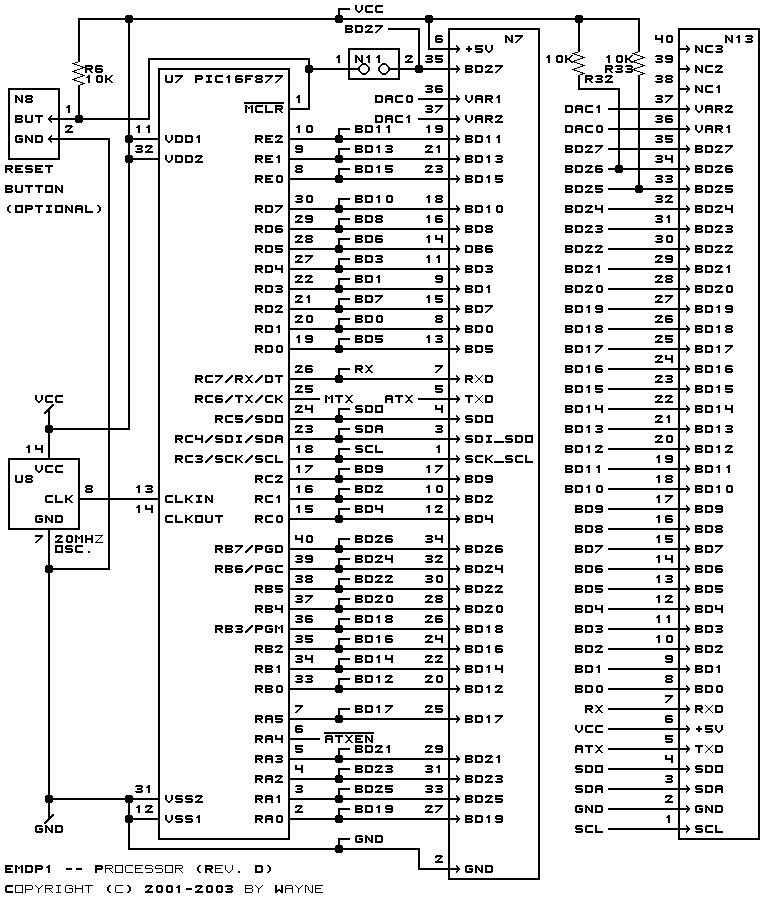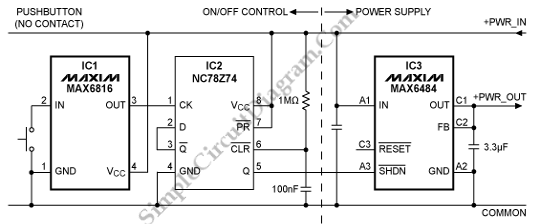
single cdta leads multiple filters
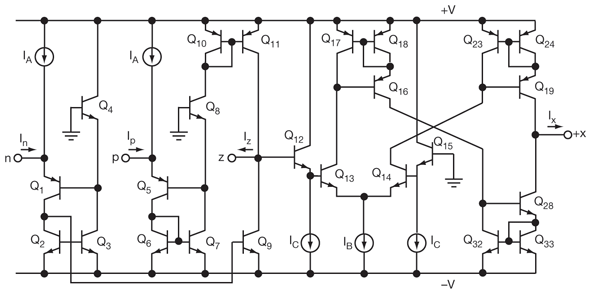
A current differencing transconductance amplifier (CDTA) serves as an active component that can be utilized to create various filter responses. The selection of different filter characteristics is achieved by altering the bias current supplied to the amplifier.
The current differencing transconductance amplifier (CDTA) is a versatile active device widely used in analog signal processing applications. Its unique architecture allows for the implementation of various filter configurations, such as low-pass, high-pass, band-pass, and notch filters. The CDTA operates by converting input current signals into output voltage signals while maintaining high linearity and bandwidth.
In practical applications, the bias current is a critical parameter that influences the performance of the CDTA. By adjusting this bias current, the transconductance parameter of the amplifier can be modified, leading to changes in the filter's cut-off frequency and quality factor (Q). This adaptability makes the CDTA an excellent choice for designing tunable filters that can respond to varying signal conditions.
To implement a filter using a CDTA, the circuit typically includes resistive and capacitive elements arranged to create the desired frequency response. The input current is applied to the CDTA's current input terminals, and the output can be taken from the voltage output terminal. The feedback network, which may consist of resistors and capacitors, determines the filter characteristics, allowing for precise control over the filter's behavior.
In summary, the CDTA's ability to produce multiple filter responses through bias current adjustment, combined with its high performance in signal processing, makes it a valuable component in modern electronic circuit design. Its applications can be found in audio processing, communications, and instrumentation, where flexible and efficient filtering is essential.An active component, a CDTA, can be used as the basis for a variety of different filter responses, selecting the different responses by changing bias current to the amplifier.. 🔗 External reference
The current differencing transconductance amplifier (CDTA) is a versatile active device widely used in analog signal processing applications. Its unique architecture allows for the implementation of various filter configurations, such as low-pass, high-pass, band-pass, and notch filters. The CDTA operates by converting input current signals into output voltage signals while maintaining high linearity and bandwidth.
In practical applications, the bias current is a critical parameter that influences the performance of the CDTA. By adjusting this bias current, the transconductance parameter of the amplifier can be modified, leading to changes in the filter's cut-off frequency and quality factor (Q). This adaptability makes the CDTA an excellent choice for designing tunable filters that can respond to varying signal conditions.
To implement a filter using a CDTA, the circuit typically includes resistive and capacitive elements arranged to create the desired frequency response. The input current is applied to the CDTA's current input terminals, and the output can be taken from the voltage output terminal. The feedback network, which may consist of resistors and capacitors, determines the filter characteristics, allowing for precise control over the filter's behavior.
In summary, the CDTA's ability to produce multiple filter responses through bias current adjustment, combined with its high performance in signal processing, makes it a valuable component in modern electronic circuit design. Its applications can be found in audio processing, communications, and instrumentation, where flexible and efficient filtering is essential.An active component, a CDTA, can be used as the basis for a variety of different filter responses, selecting the different responses by changing bias current to the amplifier.. 🔗 External reference
Warning: include(partials/cookie-banner.php): Failed to open stream: Permission denied in /var/www/html/nextgr/view-circuit.php on line 713
Warning: include(): Failed opening 'partials/cookie-banner.php' for inclusion (include_path='.:/usr/share/php') in /var/www/html/nextgr/view-circuit.php on line 713
